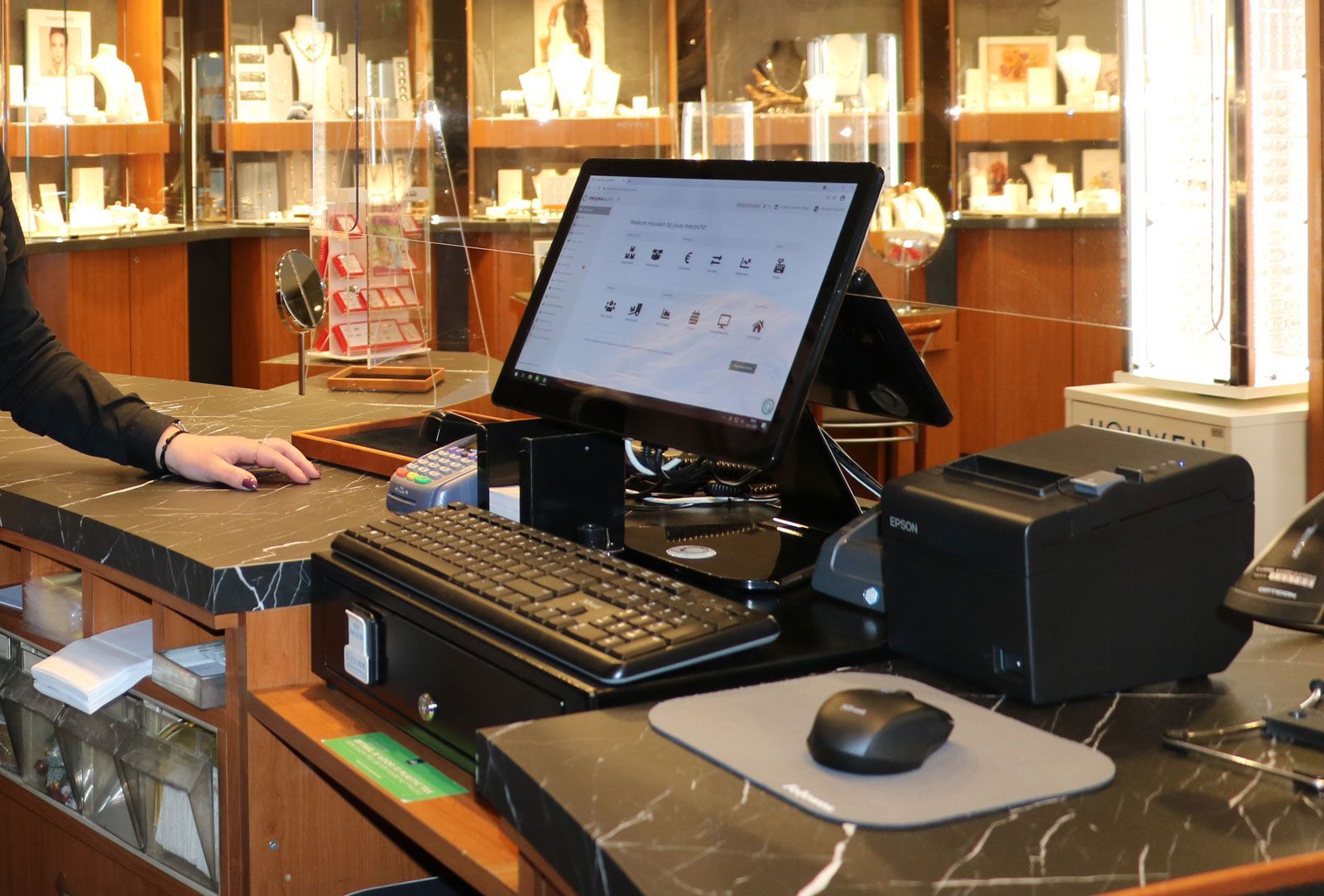Complete Inventory Optimization Guide For Retail Shops
Best inventory optimization tips for your retail store
Inventory optimization plays a huge part in the success of a retailer. If you can master this art as a store owner, you will have more fun running your shop. It goes further than only buying products that you like yourself. In this article you will discover ideas and tips on how to optimize your store inventory.
In this article we cover:
- What is it?
- Importance
- Low stock risks
- Techniques
What is inventory optimization?
But before we dive in, let’s find out what inventory optimization means. In short, it’s the workflow to keep the perfect stock in the store. So you can make the most profit with the least risk and smallest investment.
This is not always easy, because there are several factors on which the perfect stock level depends. For example, on the season. During summer you will sell more sunglasses and blankets instead of scarfs and gloves. Or think about the demand for specific products during a holiday. Supply and demand must therefore be matched, which depends on the location and time.
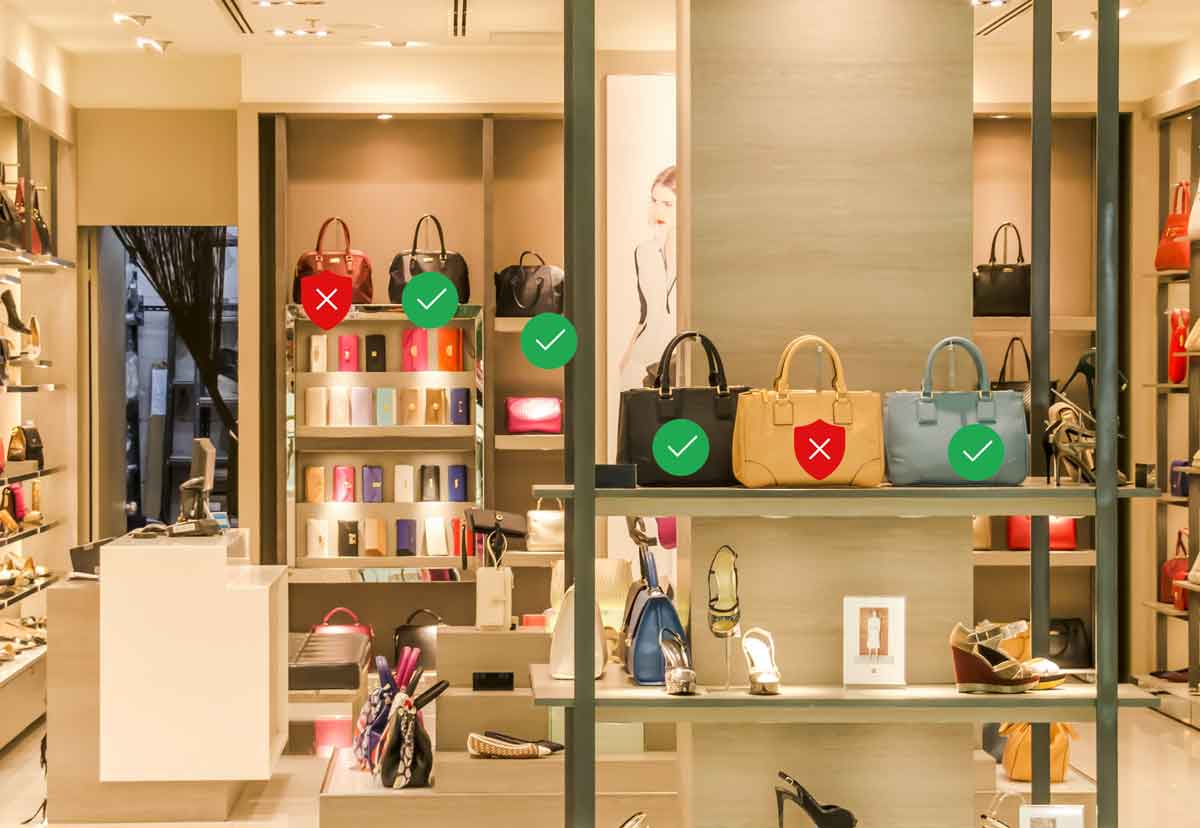
Optimize inventory management and why it is important
Therefore, inventory management is an important part of the store. Many retailers have a high inventory. This entails risks. So, let’s briefly look at the 3 biggest issues of high inventory:
- More difficult to grow
- Losing value
- Hard to sell the company
1. More difficult to grow
It is difficult for your company to grow if you invested most capital into a big assortment. In that case, there is less money available for marketing and sales.
2. Losing value
Also, products will quickly become obsolete and lose value if you work in a trend sensitive market. You than have to give more discount, which will result in a lower profit margin.
3. Hard to sell the company
Furthermore, it is difficult to find a buyer for your company when such a high investment is required for stock. The company will look less healthy if the turnover rate is bad.
The risks of low inventory
Before you start reducing stock now, there are also reasons to focus on sufficient stock. Because having a too small assortment also entails risks. Here are the top 3 issues of low stock to take into account:
- Bad customer experience
- Less sales than forecasted
- Less pride and motivation from colleagues
1. Bad customer experience
If you are not able to provide a product, it will impact the customer experience. For example, the customer is hoping to view or receive his purchase, but you can’t deliver it. When this happens to often, the customer will first look somewhere else to get his products.
2. Less sales than forecasted
There are real-life examples of companies, who had to adjust their forecasts because they sold less than expected. They focused too much on inventory optimization and ended up with empty shelves.
3. Less pride and motivation from colleagues
Saying ‘No’ to customers will decrease the motivation of employees to provide value. Instead of telling store visitors “Yes, we are happy to help you” the standard answer will be “Sorry, we don’t have it”.
In short, enough reasons to set the optimal store stock as a goal. Obviously, but how do you tackle this problem? How do you prevent unnecessary or insufficient stock? Good news, it’s easier and more fun than you think! With these tips you can immediately start to reduce the stock.

Free techniques: the optimal stock thanks to 3 components
- Your own data
- Focus on the customer
- Collaboration with the industry
1. Inventory management is all about data
You can only really determine what to do with the store stock if you understand various purchase and sales data. Information provides insight. Of course you can measure everything, but what is important information to keep track of?
1.1 Mapping inventory optimization
First of all, you want to track inventory. You can do this manually, but of course it is better to do this automatically with a good cash register system that has an inventory module. In this way you can determine which articles need attention.
Keep track of:
- When was the item ordered?
- When will it be sold?
- How often is the product sold?
- What percentage is returned?
- How much profit does the product make?
- What is the delivery time of the product?
Based on this information, you can better determine which items you want to order and which you should sell out.
Be sure to look at this data in different time frames. For example, look at last year, last quarter, last week and the same quarter last year. The latter is especially important with seasonal products. Furthermore, it can feel like a product is doing well if you’ve sold it 2 times in the past week. But if you look at a larger time frame, you might see that it only sold 2 times in the past quarter as well.
1.2 Keep also an eye on the turnover rate
It’s a pity if you miss sales because products are out of stock. That is why it is important to look at the performance of your assortment (excluding seasonal items). You especially want to keep the stock of bestsellers up to date. So keep an eye on whether this range sell faster than expected. For good stock management, you want to see the performance of products at a glance.
Measure the performance of products:
- How long is it in stock?
- Which products yield the most margin?
- Which products are not sold (and therefore cost money)?
To further automate this, settings such as minimum stock are useful to prevent administration errors.
In the paragraph above we mentioned to look at the time frame. In addition to this, it is useful to look at the quantity of a product you sell. More exclusive, expensive products will have a lower turnover rate than cheaper daily consumables.
1.3 Categorizing for more insights
You would like to see everything per product. In addition, it is also smart to categorize assortment. In this way you determine which product groups are going well and with which categories you can do another sale promotion. Create different categories to easily divide the assortment into:
- Supplier
- Brand
- Product group
- Location
Combined with specific dates or sales per employee, you can make critical decisions to optimize inventory.
1.4 Label your products in A, B and C.
Furthermore, you could label the products based on how important they are. For example, products which are bestsellers you could give the letter A. Make sure this A range is never sold out.
A larger range is labeled with the letter B. This selection is often slightly larger in volume than the A series, but less important.
The biggest part of the assortment gets a letter C. These products are not primarily responsible for sales or profits. Therefore, you don’t always need them in stock and you can order them for a customer.
1.5 Inventory management in one system
Nowadays you work both online and offline and perhaps with multiple locations. Then it is important that everything comes together in one cockpit. This way you keep a grip on the store stock and it is also directly updated online. This is important as there are so many competitors in this transparent world that a ‘no sale’ quickly becomes a referral to the next provider.
1.6 Do a promotion with outdated stock on time
Another problem we often see is that some products sit in the store for far too long. It is important to clear out old stock on time. Because often it still has a high price on the balance sheet, as the value is decreasing. In addition, you will need growth capital again to take new steps when you have invested to much in inventory. So start sale campaigns and other great offers for customers. For example, do a giveaway on Social Media with a great product that is no longer selling. In this way you can also invest in marketing with your stock.
2. Focus on your customer by optimizing inventory
Statistics are based on historical data. It becomes interesting if you combine this product data with customer data. This way you know which target group buys which products. This allows you to make better predictions and set up targeted marketing actions. But how can you serve customers without having everything in stock?
Let’s put ourselves in the shoes of the customer. Everything is also for sale online now. Many people no longer come to the store to search a product, but to experience it. The customer has already seen the product online and wants more certainty before buying it. The customer then searches (again online) where he can view the product. Therefore, clearly state on your website that you can easily order products that are not in stock.
Another customer comes to the store without a specific product in mind. Usually for a gift or just for inspiration. In this case, for example, with a POS kiosk you can show a wide range without actually having the products in stock. Therefore, the most important thing as a retailer is to focus on the human aspect.
By doing this, you start making more targeted purchases. The ideal picture is that you only purchase a product if there is a demand for it. So think more in terms of a store as an experience centre instead of a location that has many products in stock.
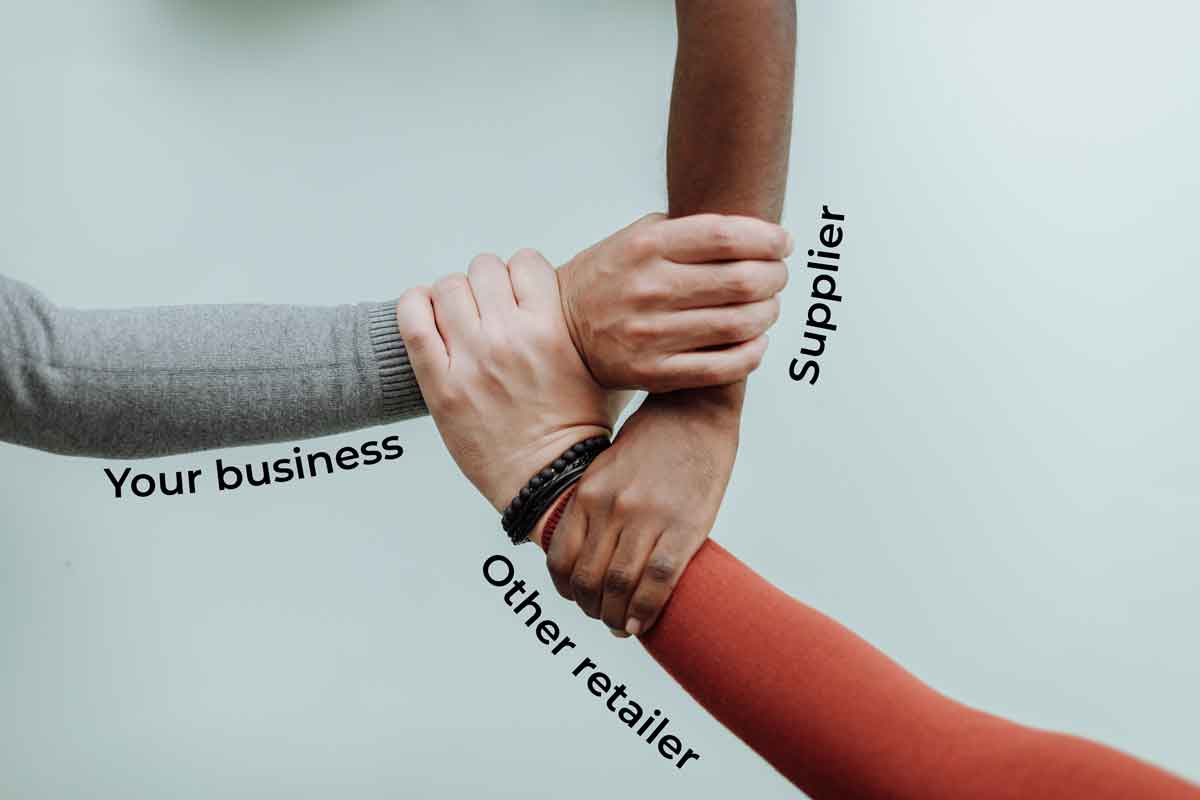
3. Collaborate with the industry
Despite these tips, purchasing remains a time-consuming and complicated process. How do you know if new products are selling? Therefore, try to go further than just getting insight into your inventory and into the wishes of the customer.
Try to work better with your suppliers and other retailers in the area of inventory management. You can decide for yourself how far you want to go with this. Maybe some suppliers offer products on consignment or you can share stock with other retailers.
3.1 Inventory management by the supplier
An interesting option is to outsource stock management to your supplier. Of course, mutual trust is needed in such a relationship. In consultation with the representative, you can make agreements about the maximum stock and, for example, payment arrangements. I found an article that dives deeper into this framework.
The next step is to give the supplier insight into your stock and sales of the relevant brand. This way, the representative can also think along with you about the inventory optimization from a distance. If something is sold, it can be replenished immediately. This saves you a lot of time with inventory management and you always have a complete assortment in the store. In addition, you never go over the maximum stock and you always have the most important collections in stock. This is the power of a value network.
3.2 Shared assortment with other retailers
Another idea is to work together with other retailers and a joint logistics centre. This would only work well if several retailers with the same assortment want to participate. The largest part of the stock is in this central warehouse. From the system you can then request products on sight or to sell. In this way you get a delivery every day with any desired product that you would like to sell or show for an appointment.
In this way, each retailer invests a relatively small amount in stock, but has access to a stock that is 50x larger (at 50 retailers).
3.3 Dropshipping
Thirdly, you could implement a dropshipping system. This allows you, for example, to offer products for sale (online only) in your webshop that you do not have in stock yourself. A supplier who does have the product in stock can then send it directly to your customer. You will then receive a percentage of the sold product.
The advantage is that you don’t have to arrange shipping. A disadvantage is that you don’t have full control on the quality of the customer experience. So you have to trust your partner in this situation.
Which of these options do you find most interesting? The essence is that every retailer and supplier can easily exchange data. But before starting a collaboration, you first need to properly map out your own inventory for good optimization.
Can you use this information? Also discover our other articles about retail inventory.

Bring your shop to the next level
Hi, I'm George and I like retail and technology. Therefore, my passion here at Retailgear.com is to provide you with reliable information to automate and digitize your store. You can find out what we can do for your industry through our menu. Also, feel free to check out this updated list of retail tools.
More about your favorite subject
Discover latest posts


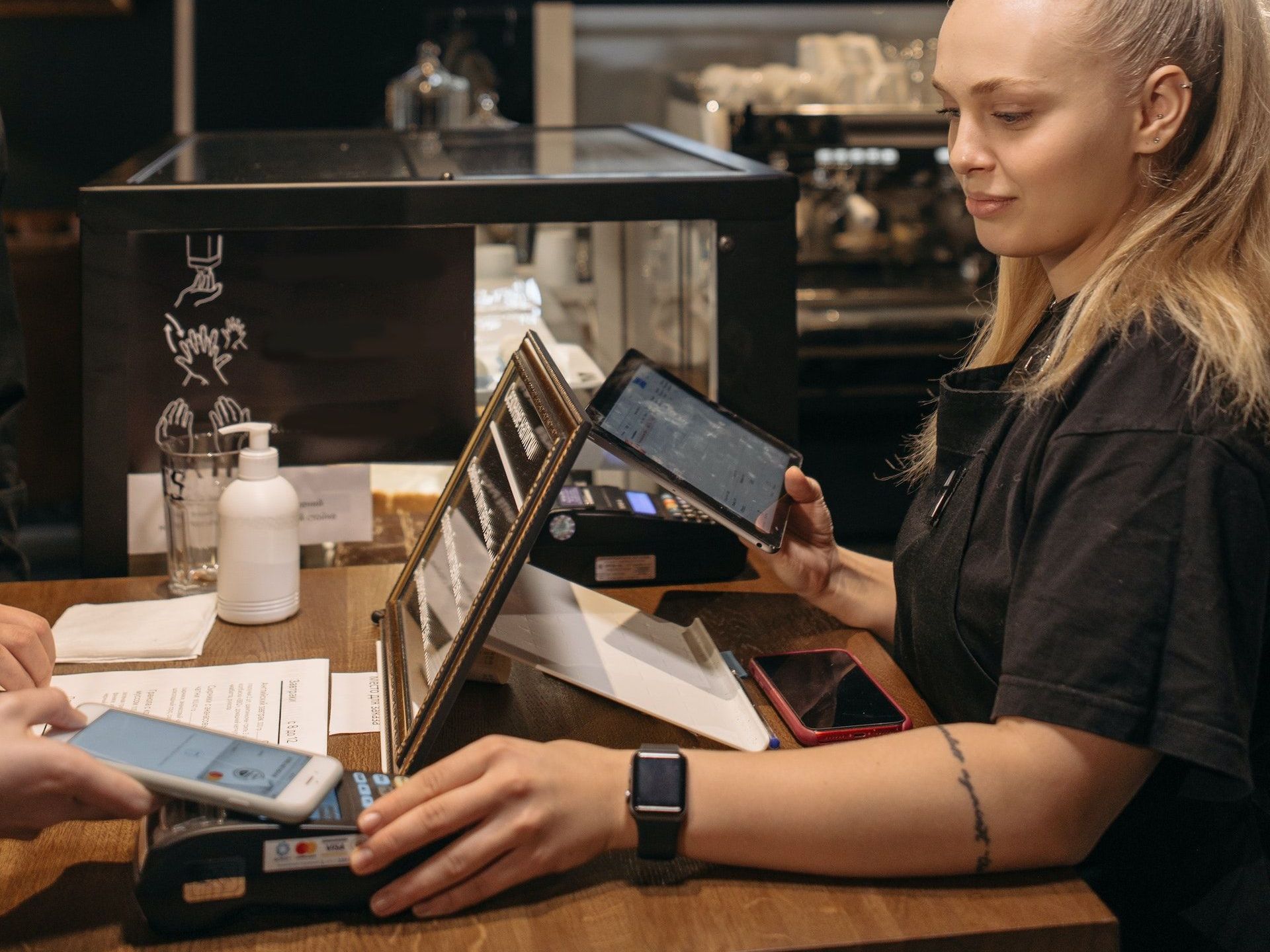

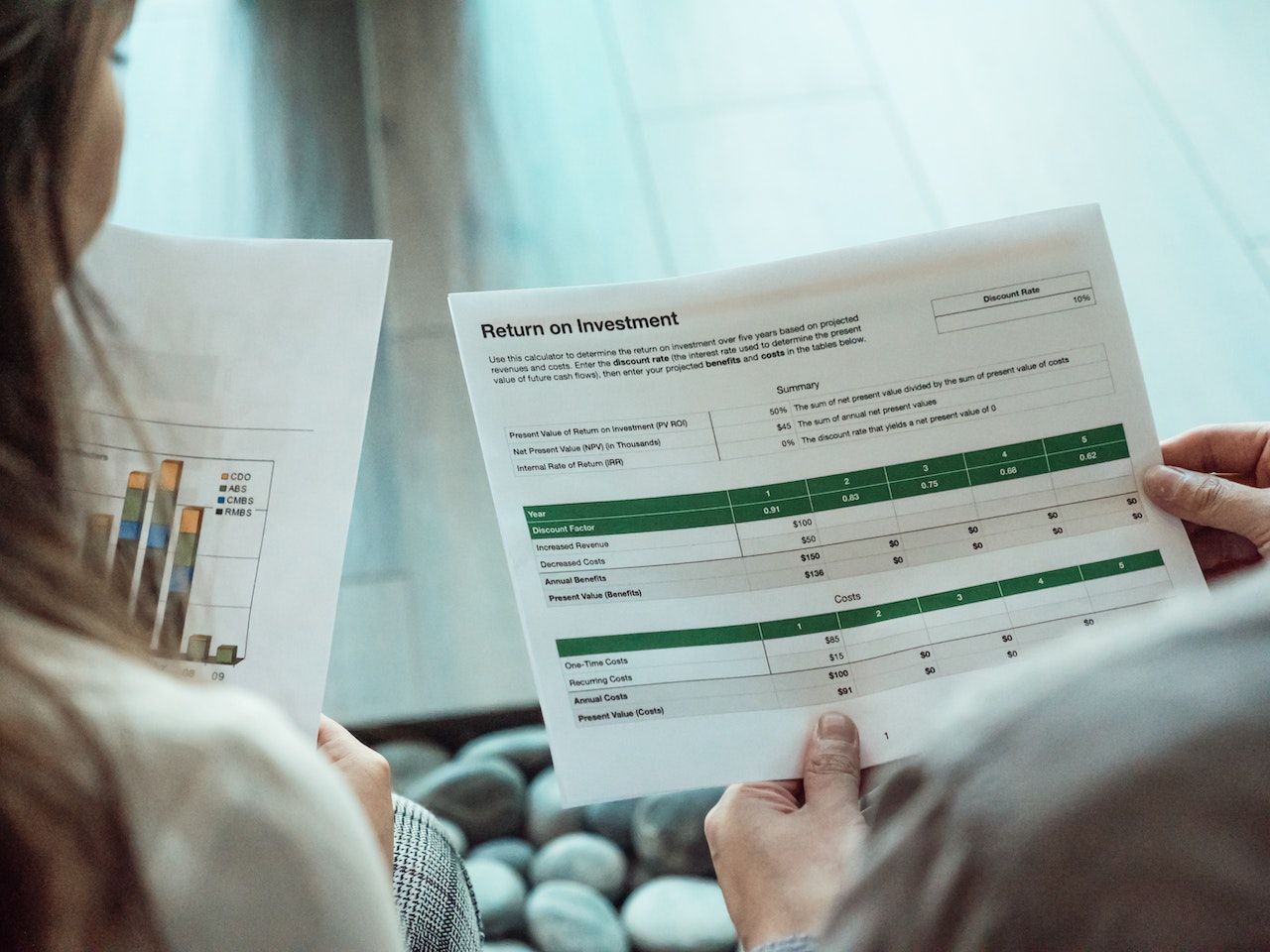

Offer Better Gear To Your Retail Industry
© 2022 All Rights Reserved by Retailgear
© 2023 All Rights Reserved by Retailgear | Terms and Conditions

